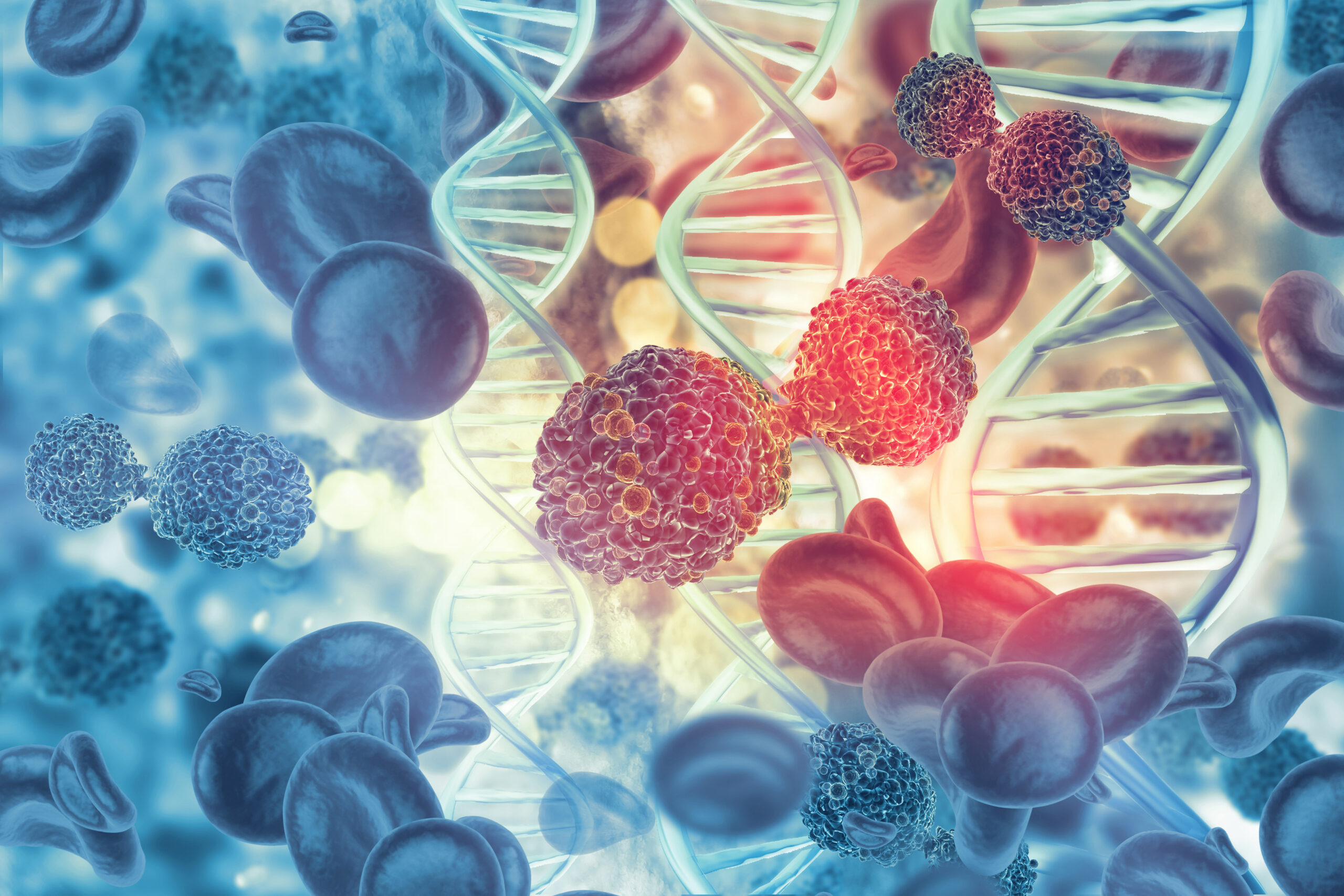
Fedratinib maintenance therapy for patients with myeloproliferative neoplasms (MPNs) after allogeneic hematopoietic stem cell transplant (HSCT) was safe at the highest tested dose. Although some participants withdrew due to adverse events, overall survival (OS) was favorable, and the treatment showed potential for reducing relapse rates and severe chronic graft-versus-host disease (GVHD) in the phase I trial.
“Relapse is a primary driver of allogeneic transplant failure for treatment of myeloid malignancies, including myelofibrosis. Fedratinib maintenance is an attractive strategy to try to prevent relapse,” explained Hany Elmariah, MD, Moffitt Cancer Center and Research Institute, Tampa, Florida. Compared with the Janus kinase (JAK) 1/2 inhibitor ruxolitinib, fedratinib may cause fewer cytopenias. In addition, fedratinib specifically inhibits JAK2, and it is less harmful to cytotoxic T cells and regulatory T cells, making it a good candidate for post-transplant maintenance therapy. Dr. Elmariah and his team investigated the safety and preliminary efficacy of fedratinib as a maintenance strategy after HSCT in a phase 1 trial (NCT05127174).
The phase I clinical trial included participants with either an MPN or MPN and myelodysplastic syndrome (MDS) after HSCT and analyzed the maximum tolerated dose (MTD) and incidence of relapse and GVHD. Fedratinib was initiated between days 30 and 60 after transplantation. The investigators aimed for a dose-limiting toxicity rate of less than 33%. The three dose levels were 200 mg, 300 mg, and 400 mg daily.
Of 12 participants, four had JAK2 mutations, and eight had ASXL1 mutations. There was one dose-limiting toxicity at 400 mg, namely a grade 4 cytopenia. Nonetheless, 400 mg was still chosen as the MTD. The median treatment time with fedratinib was 5.2 months, with four participants dropping out. Moderate to severe GVHD was observed in 11% of participants; however, all these cases were seen at the lowest dose. Similarly, the four relapses occurred at 200-mg and 300-mg doses. Nonrelapse mortality was reported for one participant who withdrew from the trial. At 12 months, progression-free survival was 51%, and overall survival was 81%. The median progression-free survival was 12.4 months, and the median overall survival was not reached.
Overall, fedratinib 400 mg daily was a safe MTD for post-HSCT maintenance therapy for participants with MPN, and it can be used for phase II trials. No cases of moderate to severe chronic GVHD or relapse were observed at this dose. “The results of the trial support further study of fedratinib as a post-allogeneic transplant maintenance strategy for patients with MPNs,” concluded Dr. Elmariah.
Reference
Elmariah H, Kim J, Hornfeck E, et al. Safety of fedratinib as a maintenance strategy after allogeneic hematopoietic cell transplant for myeloproliferative neoplasms. Abstract #1048. Presented at the American Society of Hematology Annual Meeting; December 7-10, 2024; San Diego, California.

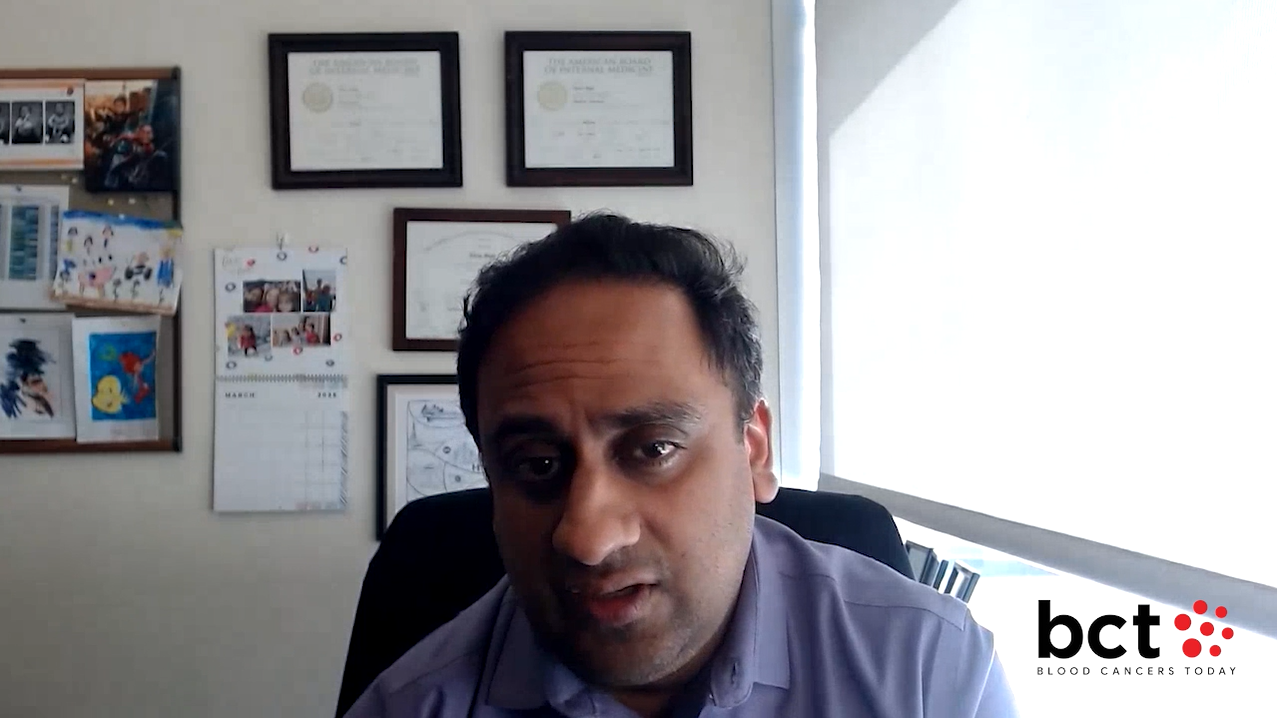
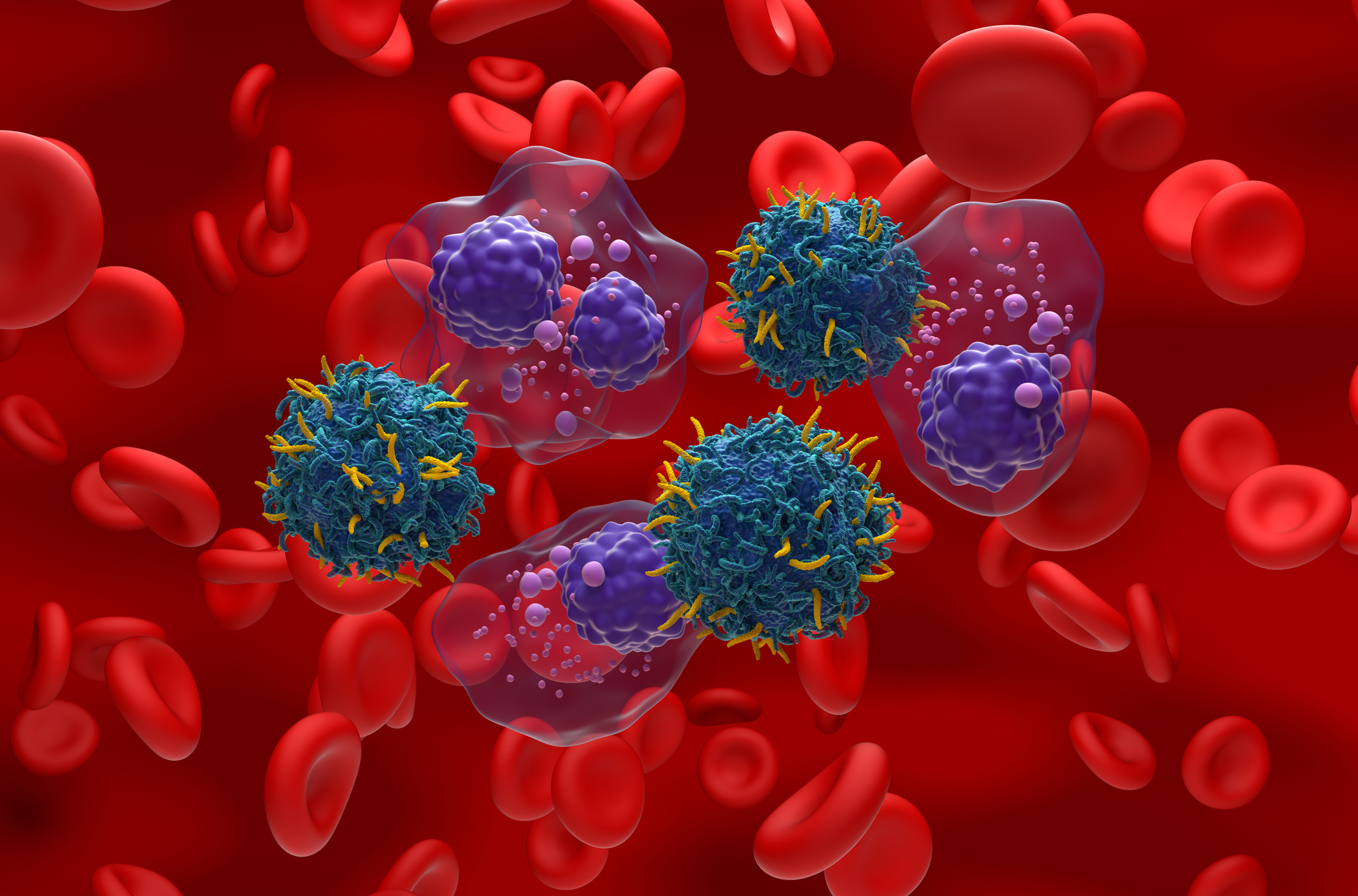
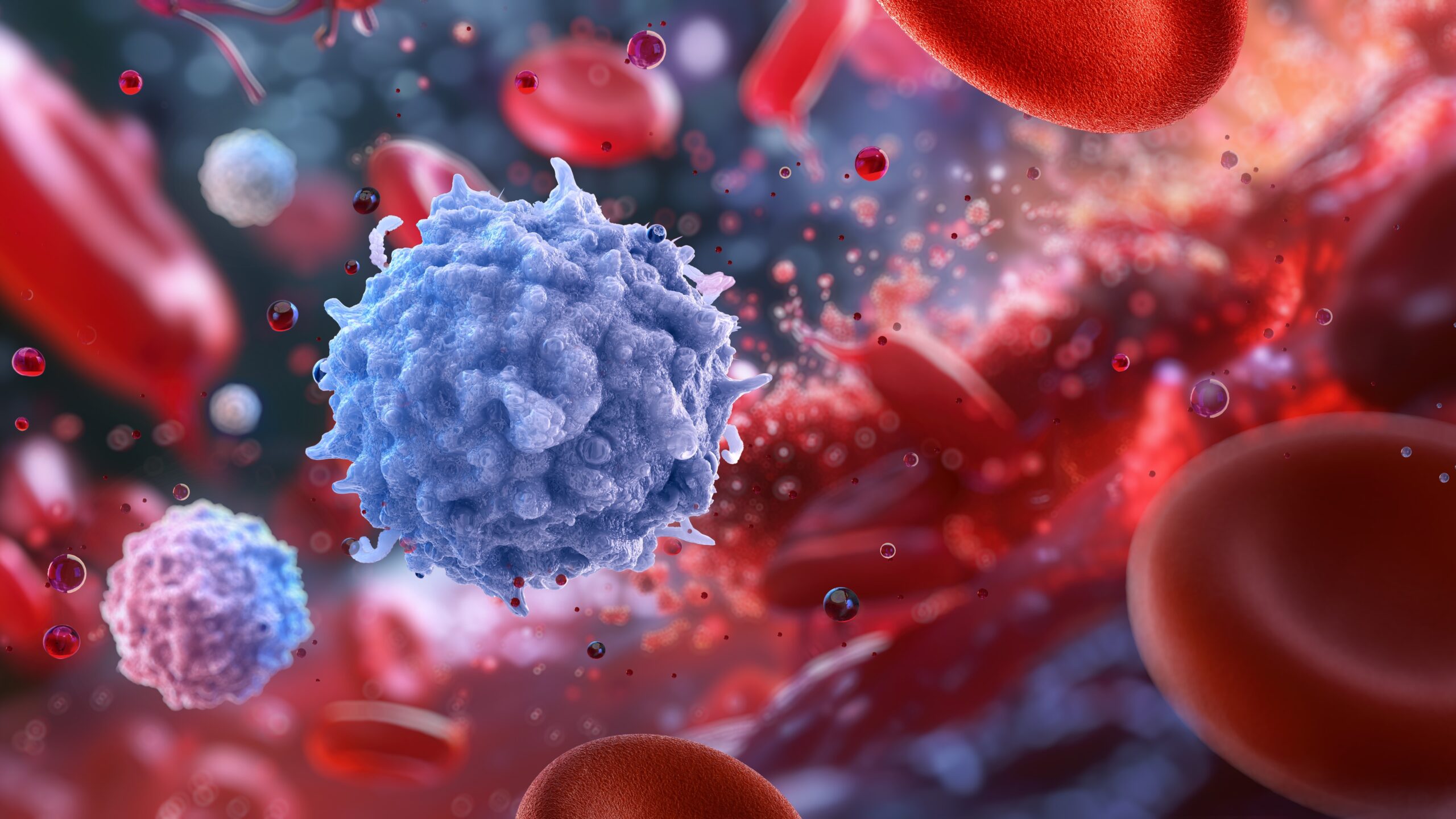

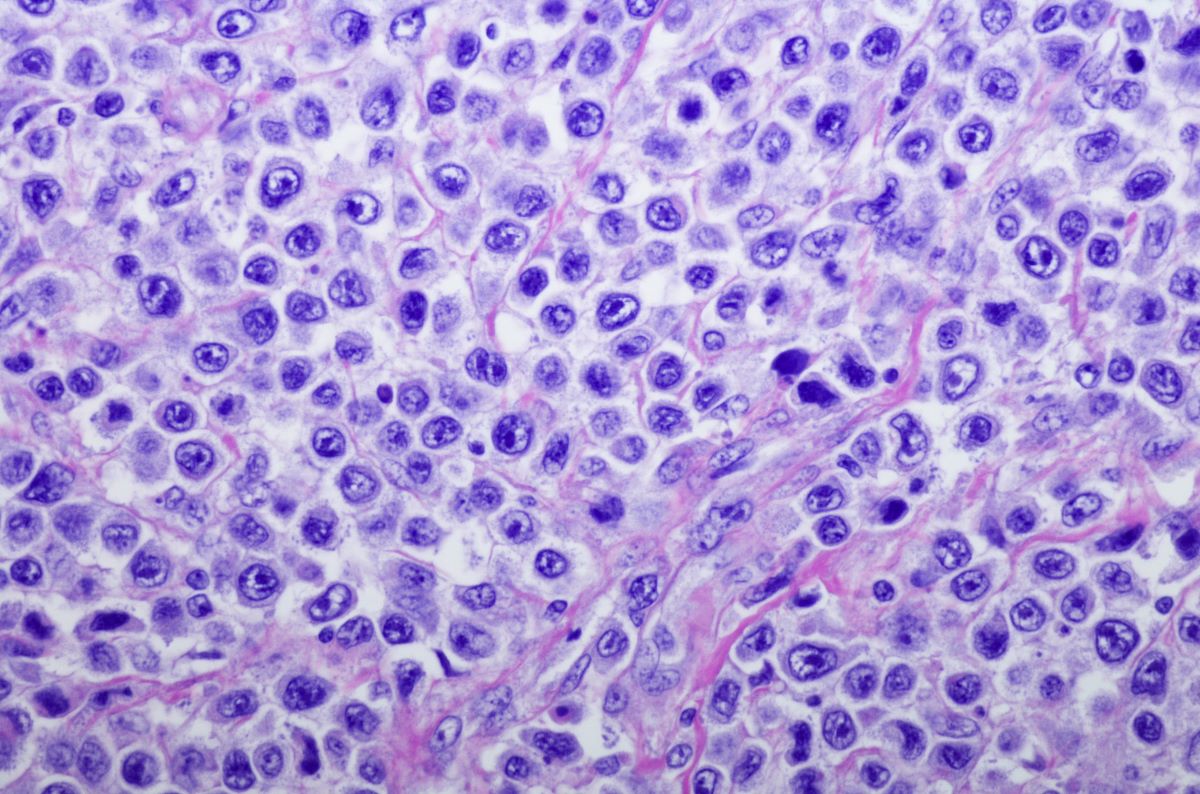
 © 2025 Mashup Media, LLC, a Formedics Property. All Rights Reserved.
© 2025 Mashup Media, LLC, a Formedics Property. All Rights Reserved.